Shopify Product Display Apps: In‑store Shopping Assistant vs Meetanshi PDF Product Catalog

Table of Contents
- Introduction
- How Does In‑store Shopping Assistant Work?
- How Does Meetanshi PDF Product Catalog Work?
- How Much Does In‑store Shopping Assistant Cost?
- How Much Does Meetanshi PDF Product Catalog Cost?
- Cost Analysis: In‑store Shopping Assistant vs. Meetanshi PDF Product Catalog
- User Reviews & Customer Support Insights
- Integration and Compatibility Comparison
- Conclusion
Introduction
In the competitive landscape of retail, how products are displayed can significantly influence shopping behavior and ultimately drive sales. Research indicates that consumers are more likely to make a purchase when presented with clear, engaging product displays that resonate with their needs and preferences. To capitalize on this trend, many businesses turn to product display apps, which simplify the process and enhance customer experience.
This analysis focuses on two prominent apps: In‑store Shopping Assistant by ComeBy SDN BHD and Meetanshi PDF Product Catalog by Meetanshi Technologies LLP. Each app serves distinct purposes within product display, offering unique features that can both elevate the shopping experience and seamlessly integrate with existing platforms. This blog will explore their capabilities, functionalities, and the tangible benefits they provide to users.
How Does In‑store Shopping Assistant Work?
In‑store Shopping Assistant is designed to enhance physical retail engagements by utilizing artificial intelligence and streamlined processes. Here's a closer look at its core features:
Key Features of In‑store Shopping Assistant
-
Self-Service Convenience: Shoppers can access and browse products using a single QR code scan on their smartphones, eliminating the need for a dedicated app. This feature is particularly beneficial for busy stores, allowing customers to navigate their shopping experience easily and efficiently.
-
Customer Data Collection: One significant advantage is the capability to capture shopper contact details for remaketing purposes. This feature enables businesses to build a database for future communications, effectively allowing them to nurture leads and drive repeat sales.
-
Web-Based Checkout: Providing a self-checkout option during peak hours allows retailers to serve more customers without needing additional staff. This not only enhances satisfaction during busy times but also maximizes the store’s throughput.
-
AI-Driven Insights: The app collects shopper data to deliver behavior insights, enabling businesses to tailor their strategies and offerings to meet customer preferences effectively. This intelligence can be pivotal for startups and established businesses alike in making data-driven decisions.
Applicability Across Business Sizes
-
Startups: For new businesses, the self-service feature is crucial for enhancing customer experience, particularly when staffing is limited. They can utilize the app to create an efficient shopping process without incurring the high costs of hiring additional staff.
-
Small and Medium Businesses (SMBs): SMBs will find the customer data collection feature particularly useful as it allows them to build customer loyalty through targeted marketing campaigns. This capability can significantly improve their customer relationship management by providing valuable insights.
-
Large Enterprises: Established brands can leverage AI-driven insights to refine their marketing strategies and product offerings extensively. These insights could help in inventory management and customer preference analysis, ultimately leading to better sales performance.
Hypothetical Scenarios
Imagine a busy holiday season in a retail store where foot traffic peaks. Customers can quickly scan a QR code to access the entire product catalogue, allowing them to shop without waiting in long lines. This leads to faster transactions, higher customer satisfaction, and more sales. Furthermore, after the busy period, the store could re-engage these customers through targeted emails based on their shopping behavior.
How Does Meetanshi PDF Product Catalog Work?
Meetanshi PDF Product Catalog offers a straightforward solution for creating professional product catalogs. Its primary purpose is to facilitate the generation of digital product catalogs that can be printed, enhancing the way businesses display their offerings. Here’s an overview of its key features:
Key Features of Meetanshi PDF Product Catalog
-
Catalog Generation: The app allows users to generate PDF catalogs quickly, making it easy to showcase multiple products at once. This is useful for businesses looking to have a tangible product representation.
-
Design Flexibility: With over 15 catalog design layouts and customization options, businesses can tailor their catalogs to meet brand aesthetics. Customization can include fonts, colors, and cover images, catering to diverse marketing strategies.
-
Print Option Integration: Businesses can add a "Print Catalog" button on their collection pages, making it easier for customers to access physical copies of the catalogs. This feature can amplify the visibility of product offerings outside the digital landscape.
Applicability Across Business Sizes
-
Startups: New businesses can benefit from creating custom product catalogs that visually represent their brand. This can be a low-cost marketing tool utilized in various settings, from trade shows to local events.
-
Small and Medium Businesses (SMBs): SMBs are likely to appreciate the flexibility in design and printing options, enhancing their marketing strategies and increasing brand recognition among customers.
-
Large Enterprises: Established businesses can use customizable catalogs to create comprehensive presentations of their product ranges for presentations or to share with potential stakeholders, leveraging its scalability.
How Much Does In‑store Shopping Assistant Cost?
In the realm of product presentation, cost-effective solutions are paramount. In‑store Shopping Assistant stands out for offering value without sacrificing quality.
While exact pricing plans are not detailed here, the absence of stated tiers implies flexibility in how the service might be priced based on specific business needs. Here's a conceptual breakdown on how this could look in practice if pricing were offered:
-
Pricing Tiers:
- Basic Tier: Ideal for startups, offering essential features such as QR code functionality and limited data collection, allowing new businesses to get started without a considerable investment.
- Standard Tier: Suited for growing businesses needing advanced data insights and multiple customer engagement channels.
- Premium Tier: Perfect for large enterprises seeking a comprehensive suite with advanced insights, high-volume usage of self-service checks, and extensive customer data analytics.
Each tier, while hypothetical, would include progressively more features that allow for deeper engagement with customer data and enhanced sales capabilities.
“It is important to note that you can always reach out to our team and we can create a custom pricing plan to suit your needs and your budget. Schedule a call via this link and we’ll come up with the best solution for you and your business.”
How Much Does Meetanshi PDF Product Catalog Cost?
When it comes to cost, Meetanshi PDF Product Catalog offers a free tier and two paid options, but evaluating cost-effectiveness requires looking closer into what each plan entails.
- Free Plan: Allows up to two catalogs, limited to five pages each and a maximum of 15 products. It may suit very small businesses or those testing the waters.
- Basic Tier ($4.99/month): This tier permits 50 catalogs with unlimited pages but caps product numbers at 50 per catalog—more suited for growing small businesses.
- Premium Tier ($8.99/month): Provides a comprehensive offering, allowing unlimited product listings and customizable layouts, appealing to larger businesses with diverse product ranges.
Cost Insights
While some options are free, the limitations can hinder businesses looking for extensive catalog displays. The transition to a paid tier could be a necessary step for growth, particularly for those aiming for professional-grade marketing assets.
Cost Analysis: In‑store Shopping Assistant vs. Meetanshi PDF Product Catalog
When it comes to pricing, In‑store Shopping Assistant offers an adaptability in cost structure that could be more beneficial for businesses with dynamic needs. In contrast, the segmented pricing of Meetanshi PDF Product Catalog caters to fixed use cases.
In terms of promotional offers, meetanshi provides clear tiers, but In‑store Shopping Assistant's flexible adaptability may lead to better overall cost efficiency for various scales of operations.
User Reviews & Customer Support Insights
Is In‑store Shopping Assistant good?
In‑store Shopping Assistant has received high praise since its launch, with an impressive 5-star rating from 64 reviews. Users appreciate its ease of use and the meaningful engagement it facilitates. The app has become particularly popular among retailers looking to increase sales during peak traffic.
Is Meetanshi PDF Product Catalog good?
On the other hand, Meetanshi PDF Product Catalog currently holds a 0-star average rating due to the lack of user feedback. This absence can sometimes deter potential users who might seek reliability and community approval. Users may value features such as design flexibility or integration capabilities, but without established reviews, there is uncertainty regarding actual performance.
Customer Support Feedback
Good customer support is essential in enhancing user satisfaction. If users encounter issues but find themselves unable to get prompt, efficient help, it can lead to dissatisfaction and negative ratings over time, no matter how good the software is.
User Preference: In‑store Shopping Assistant or Meetanshi PDF Product Catalog?
Clearly, the user preference leans heavily towards In‑store Shopping Assistant, evidenced by its strong ratings and positive user feedback. In contrast, Meetanshi PDF Product Catalog’s lack of reviews suggests a growing but unproven application.
The reasons for these discrepancies can include an easier user experience, more effective marketing capabilities, and proven outcomes from In‑store Shopping Assistant.
Integration and Compatibility Comparison
In‑store Shopping Assistant Integrations
In‑store Shopping Assistant integrates seamlessly with various Point of Sale (PoS) systems, ensuring a smooth checkout process and enhancing customer interactions.
Meetanshi PDF Product Catalog Integrations
While specifics on integrations are scant for Meetanshi PDF Product Catalog, it would benefit from connecting with platforms that facilitate inventory management and sales tracking. Ease of integration not only simplifies the setup for users but adds to the overall functionality of the app.
Conclusion
Both In‑store Shopping Assistant and Meetanshi PDF Product Catalog boast capabilities that can bolster businesses' product display strategies. However, In‑store Shopping Assistant truly stands out with a user-centric design, a powerful feature set, and an attractive pricing model that accommodates various business sizes.
With an outstanding 5-star rating and swiftly gaining traction since its August 2023 launch, it offers proven efficacy for enhancing store engagement and boosting sales. While Meetanshi PDF Product Catalog has its merits, such as catalog generation, it lacks the robust user experience and positive feedback that make In‑store Shopping Assistant the superior choice for retailers aiming for impactful product display enhancement.
Still Searching for the Perfect Customization Solution?
Stop searching and start thriving with Accentuate Custom Fields! This powerful metafield management app supercharges Shopify’s native features, giving you the tools to create a truly personalized customer experience.
Why Choose Accentuate Custom Fields?
- Advanced Customization: Unlimited field definitions, logical grouping, and custom layouts make your store one-of-a-kind.
- Enhanced Editor Experience: Effortlessly edit variant metafields, use advanced HTML and markdown editors, and sync field definitions between stores.
- Flexible Management: Import/export capabilities, automatic tagging, and comprehensive support for Metaobjects and versioning.
- 24/7 Support: If you have any questions or need assistance, our team is available around the clock to help with any custom modifications to suit your store.
Join over 12,000 merchants, including top Shopify Plus stores, who trust Accentuate for their customization needs. With a stellar 4.9-star rating, Accentuate is the go-to tool for advanced CMS needs, offering unmatched flexibility and control over your store’s content. Elevate your Shopify store with high-quality content that boosts customer experiences and conversions. Tell your story, showcase your products, and create an engaging customer journey with ease.
Experience the Accentuate difference and watch your Shopify store thrive!
Accentuate vs Competition
Explore how Accentuate Custom Fields stands out. Whether you’re aiming to customise your storefront, streamline operations or improve content management, see how we compare against the competition

Shopify Product Display Apps: FeatureFrame ‑ Pretty Product vs. AI SEO: Top Product Features

Shopify Product Display Apps: Metadrob: Create Virtual Store vs シンプルクラウドファンディング|お手軽自社クラファン
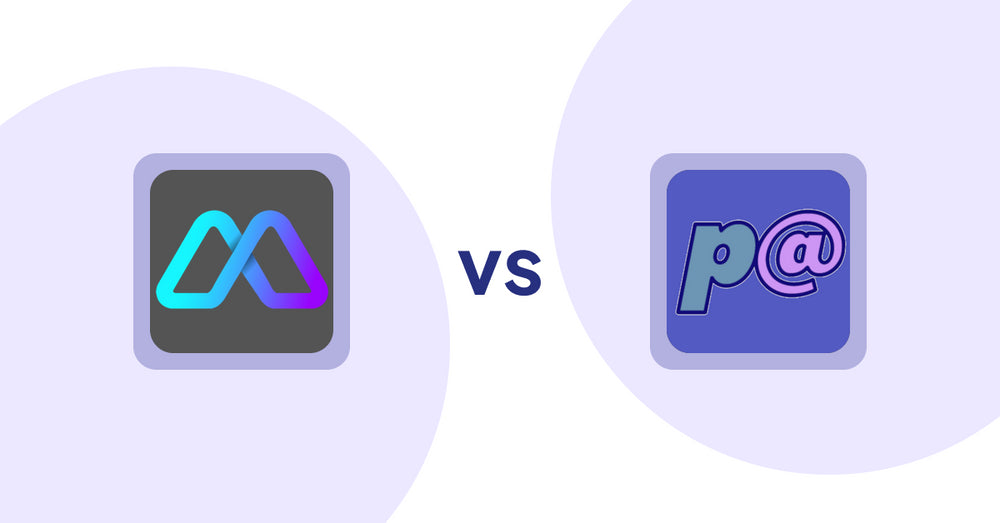
Shopify Product Display Apps: Metadrob: Create Virtual Store vs Parameterizer

Shopify Product Display Apps: Bike Matrix vs. Fast View: Fastest Quick View
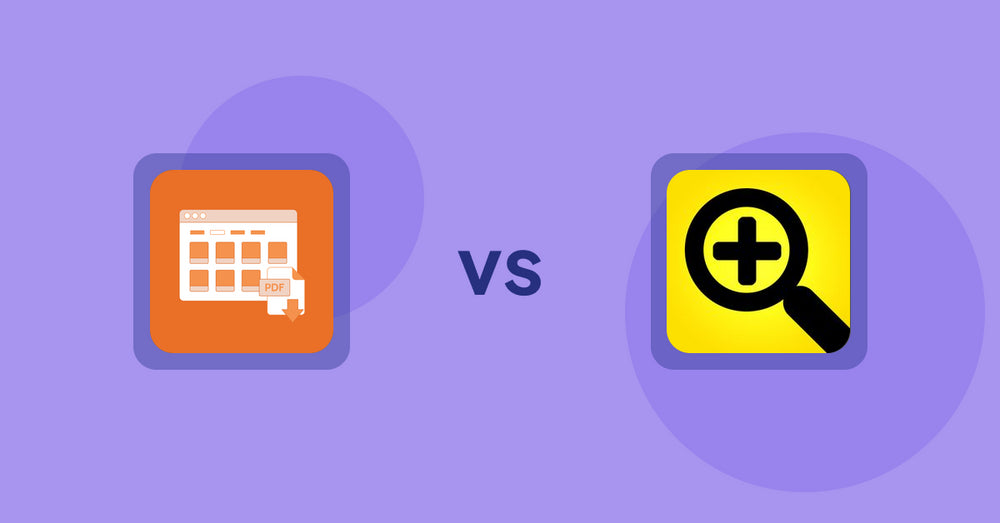
Shopify Product Display Apps: Meetanshi PDF Product Catalog vs Fast View: Fastest Quick View

Shopify Product Display Apps: UR: Smart Ranking vs Sortyfi Collection Merchandise

Shopify Product Display Apps: UR: Smart Ranking vs PDP Star
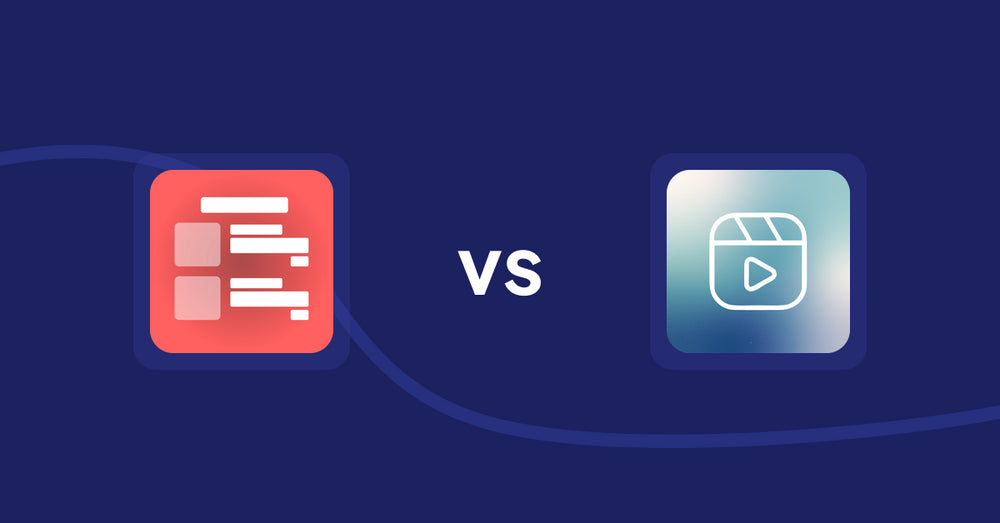
Shopify Product Display Apps: Menulog vs Reelify ‑ Shoppable Reel Video

Shopify Product Display Apps: H3 Estimated Delivery vs Findify Search & Merchandise

Shopify Product Display Apps: Wordo ‑ ChatGPT AI Description vs Urgency! Low Stock Counter
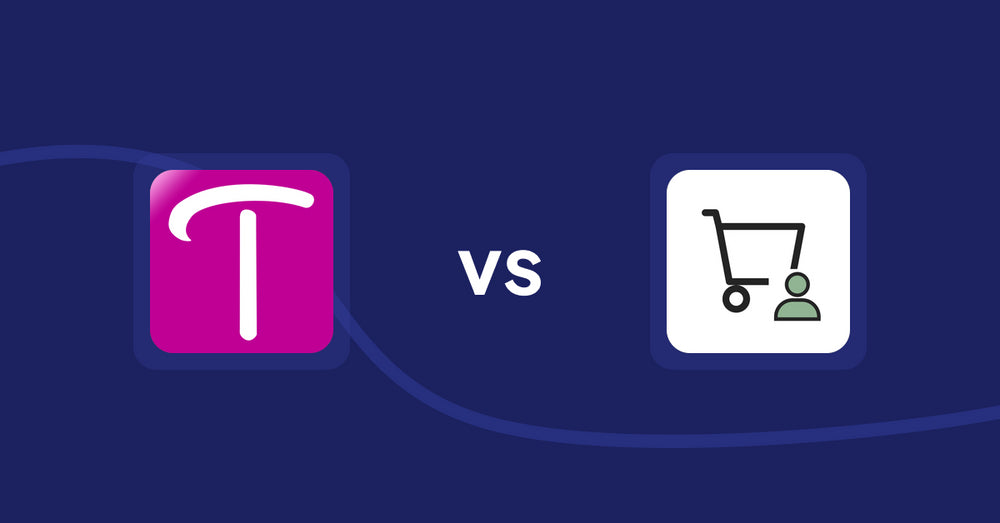
Shopify Product Display Apps: WS Transparency vs シンプル会員注文割引|お手軽ログインセール設定
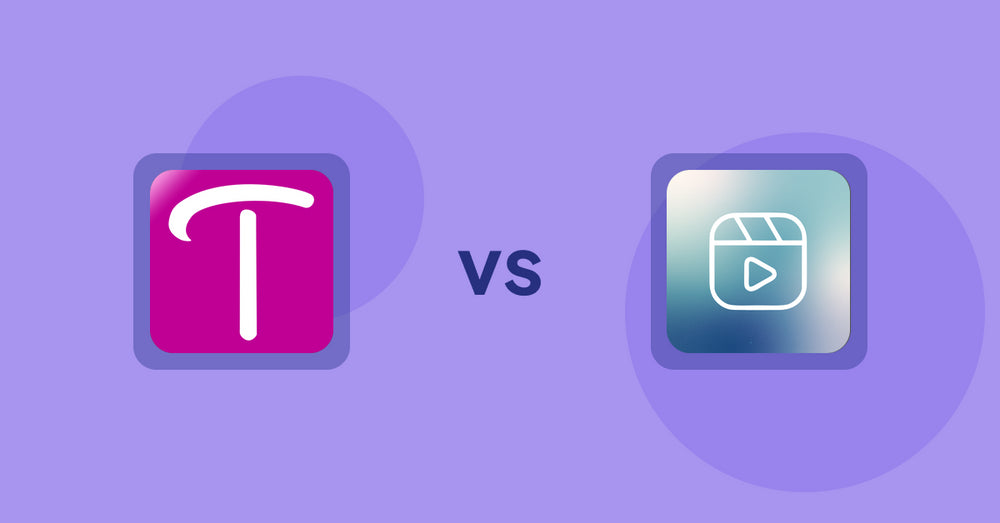
Shopify Product Display Apps: WS Transparency vs Reelify ‑ Shoppable Reel Video
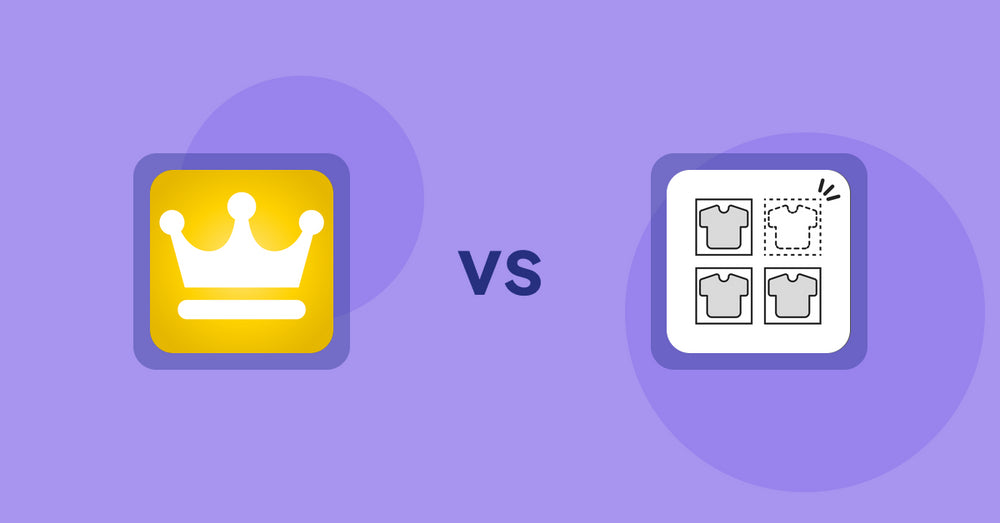
Shopify Product Display Apps: Awesome Ranking vs シンプル売り切れ非表示|在庫切れ商品の表示変更

Shopify Product Display Apps: OC Product Size Chart vs FeatureFrame ‑ Pretty Product

Shopify Product Display Apps: Shelfify vs Bike Matrix
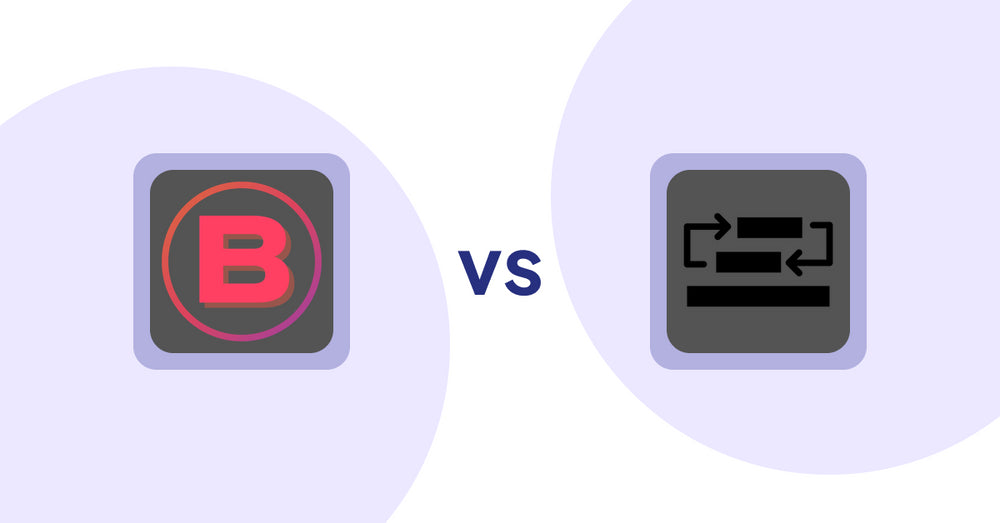
Shopify Product Display Apps: Banter Stories vs Sortyfi Collection Merchandise
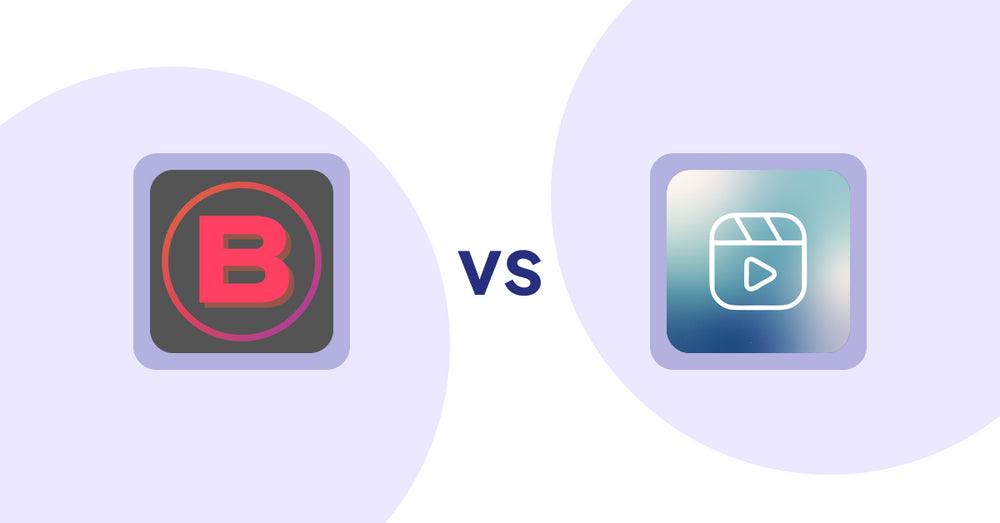
Shopify Product Display Apps: Banter Stories vs. Reelify ‑ Shoppable Reel Video
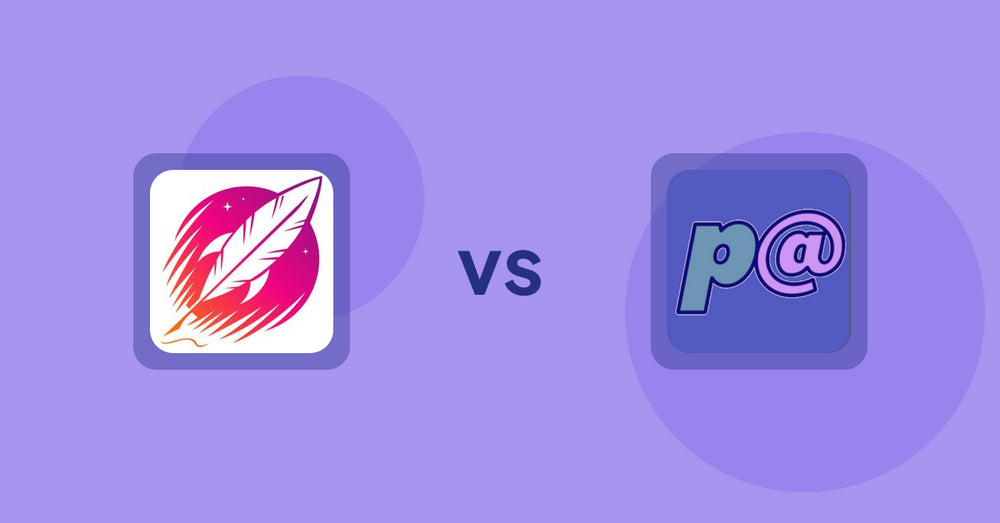
Shopify Product Display Apps: Wordsmith: Content Generator vs Parameterizer

Shopify Product Display Apps: Wordsmith: Content Generator vs Reelify ‑ Shoppable Reel Video
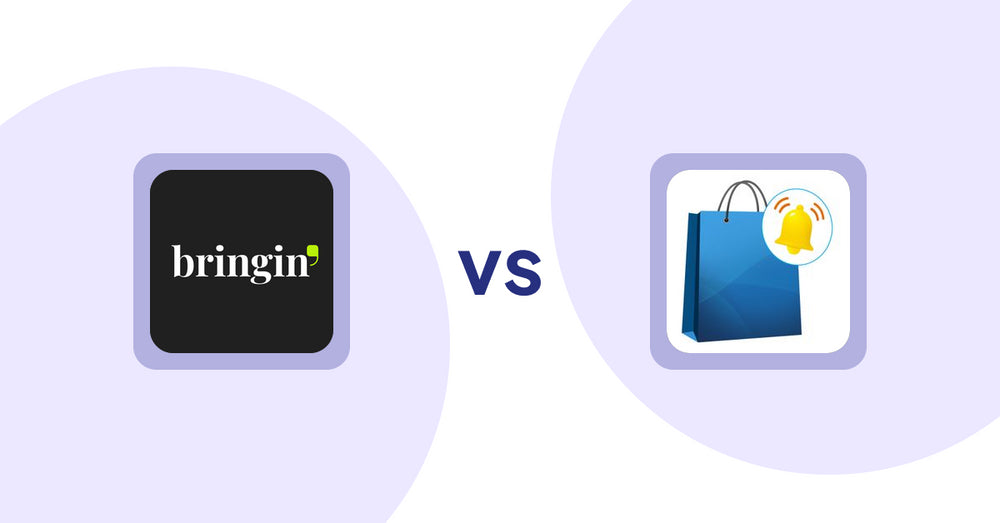
Shopify Product Display Apps: Bringin vs CartBar ‑ Product Purchase Bar
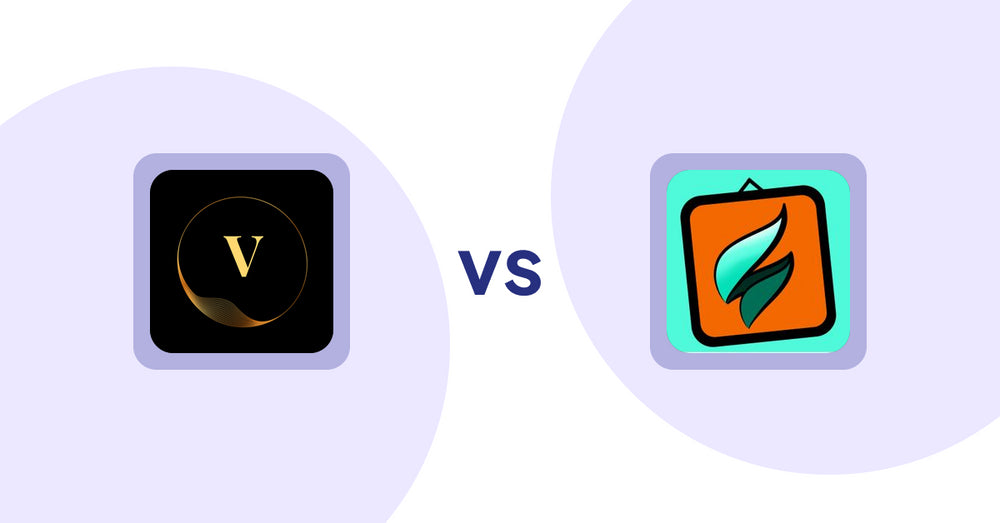
Shopify Product Display Apps: ProductTube vs SMART ‑ Art Product Builder

Shopify Product Display Apps: Xpander vs PDP Star

Shopify Product Display Apps: Xpander vs Banter Stories
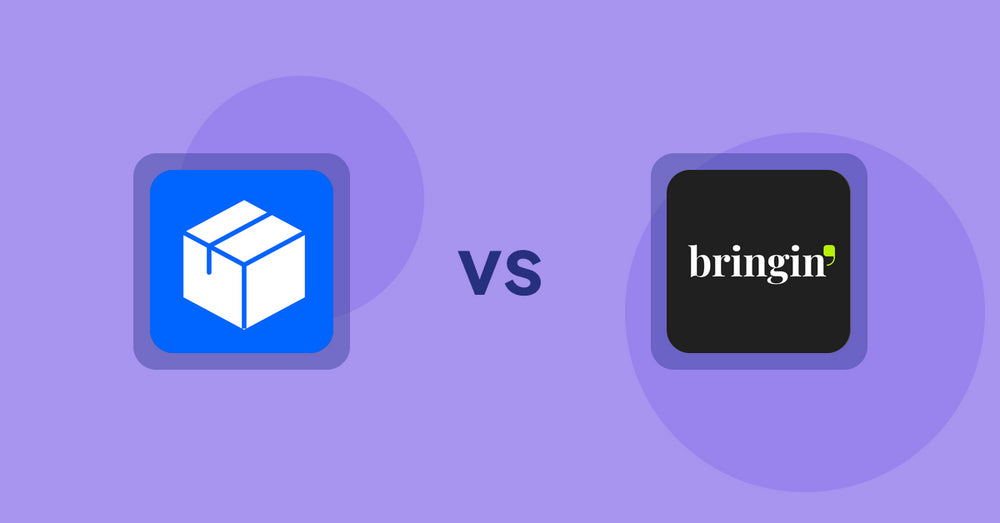
Shopify Product Display Apps: Wonderful Widgets vs Bringin

Shopify Product Display Apps: BookE - Rent Property & Service vs Metadrob: Create Virtual Store
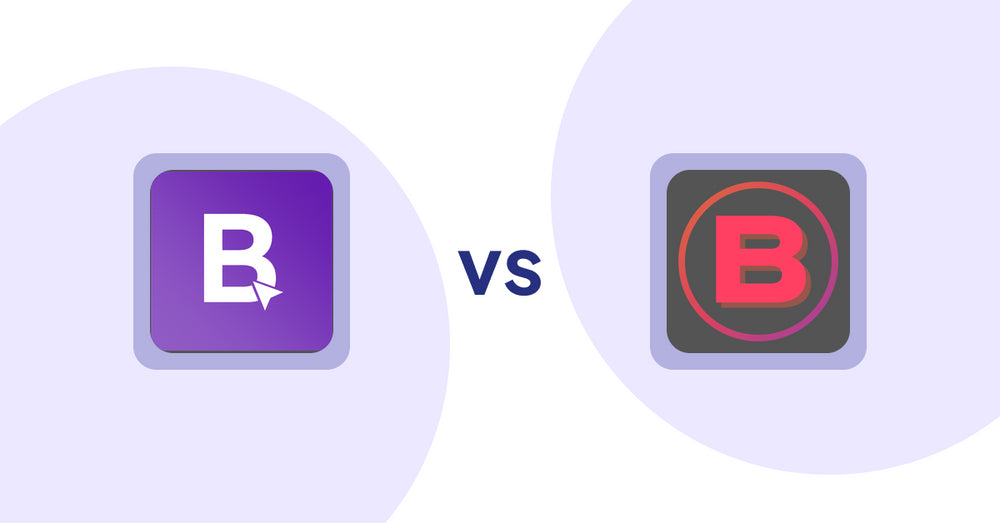
Shopify Product Display Apps: BookE ‑Rent Property & Service vs. Banter Stories
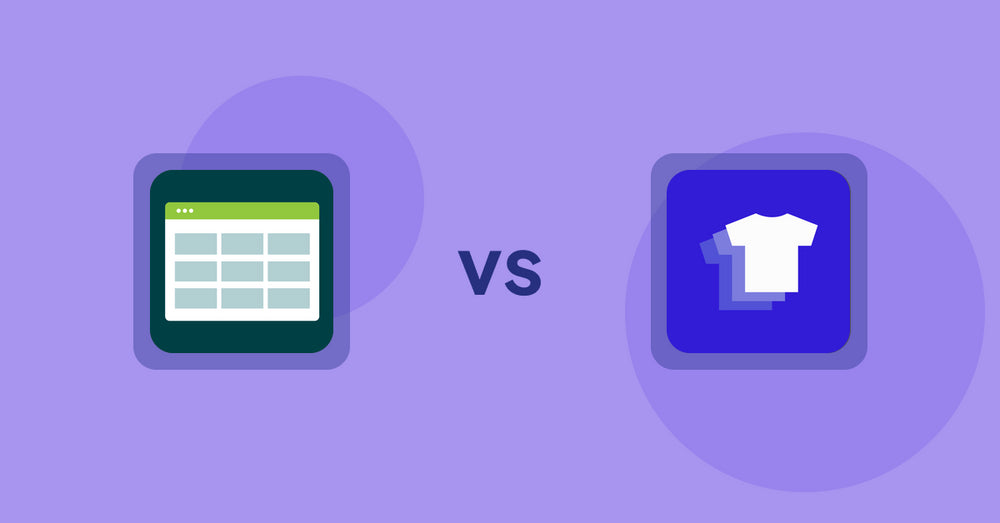
Shopify Product Display Apps: Product Table vs. Xpander
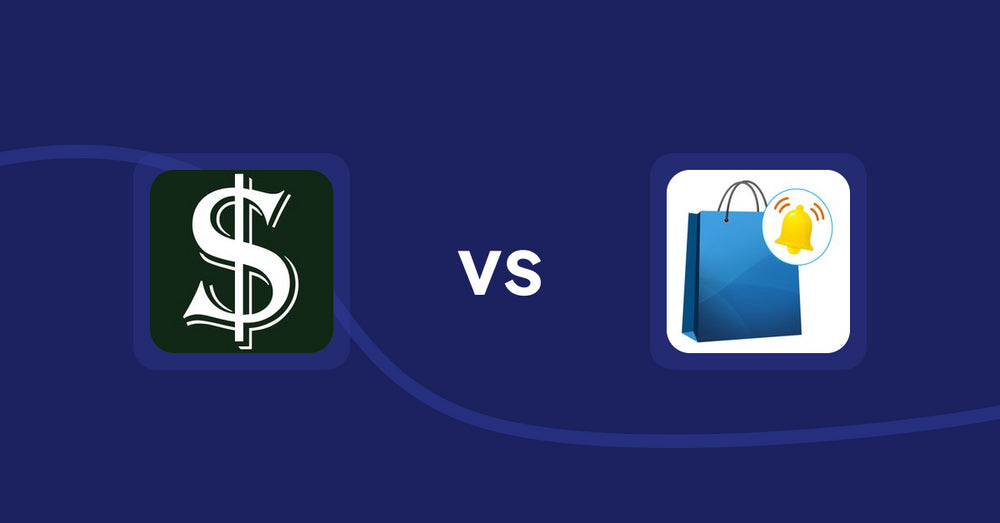
Shopify Product Display Apps: Selling Fast vs CartBar ‑ Product Purchase Bar
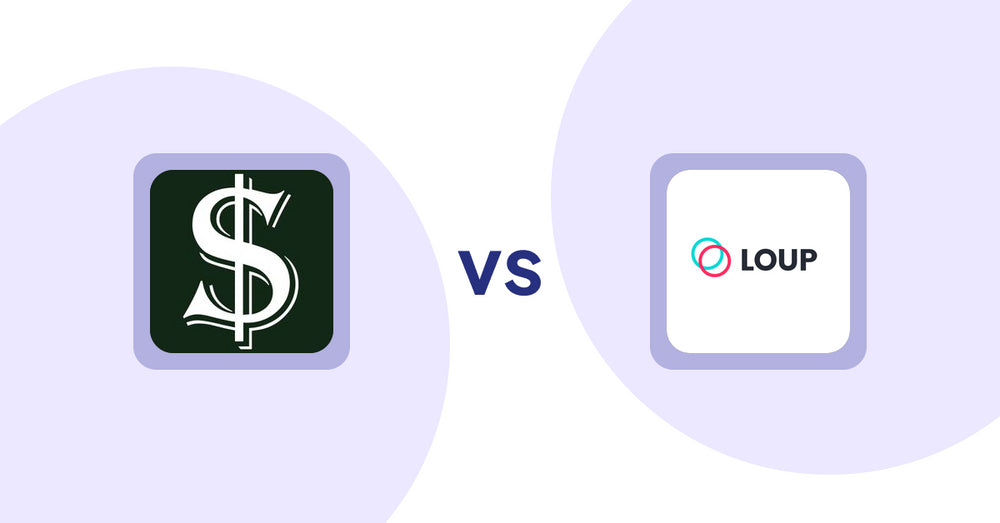
Shopify Product Display Apps: Selling Fast vs. Loup: Sell on Instagram
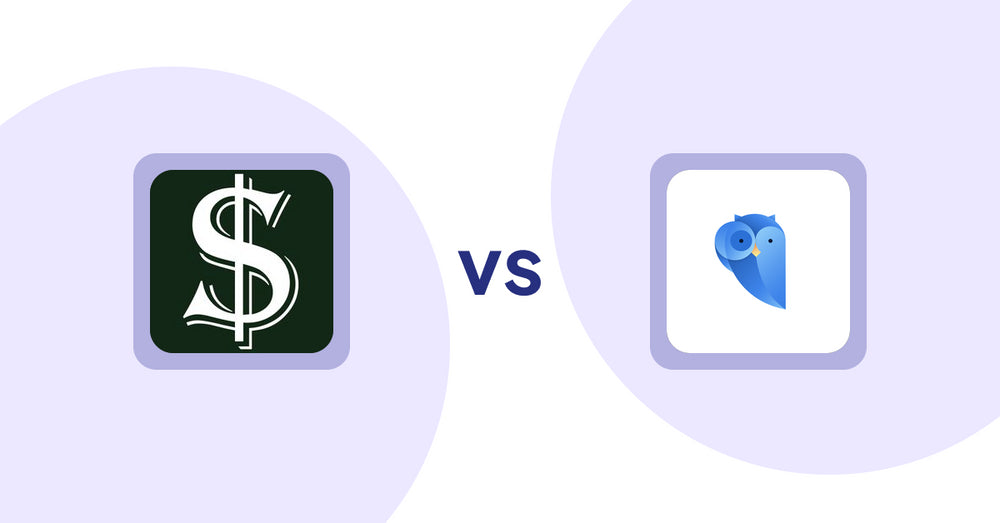
Shopify Product Display Apps: Selling Fast vs. Findify Search & Merchandise

Shopify Product Display Apps: Selling Fast vs. Aiuta
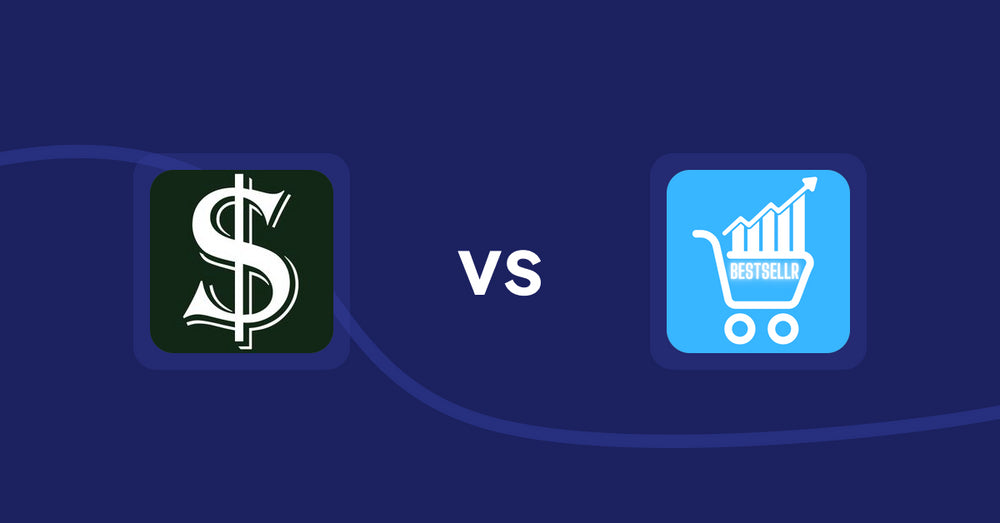
Shopify Product Display Apps: Selling Fast vs Bestsellr

Shopify Product Display Apps: Selling Fast vs ProductTube
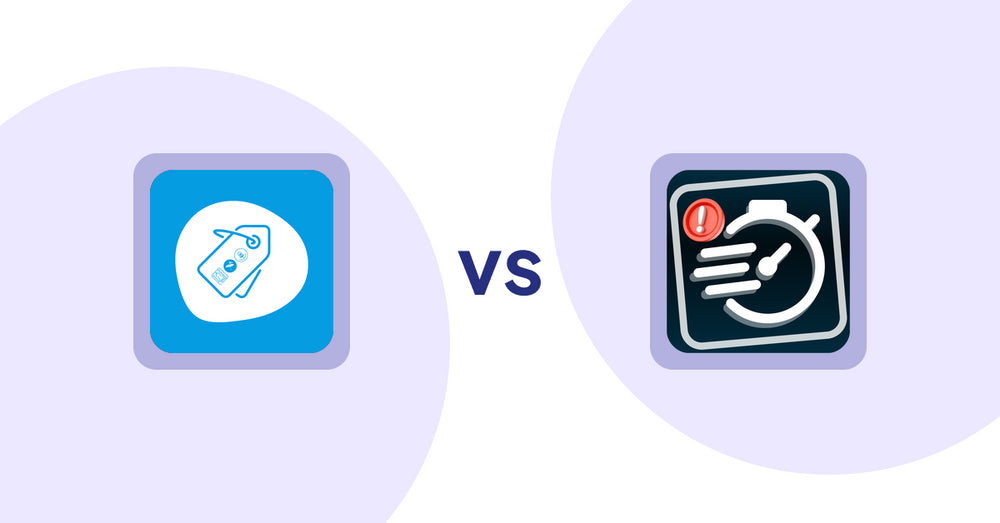
Shopify Product Display Apps: Extendons Product Tag Images vs Urgency! Low Stock Counter
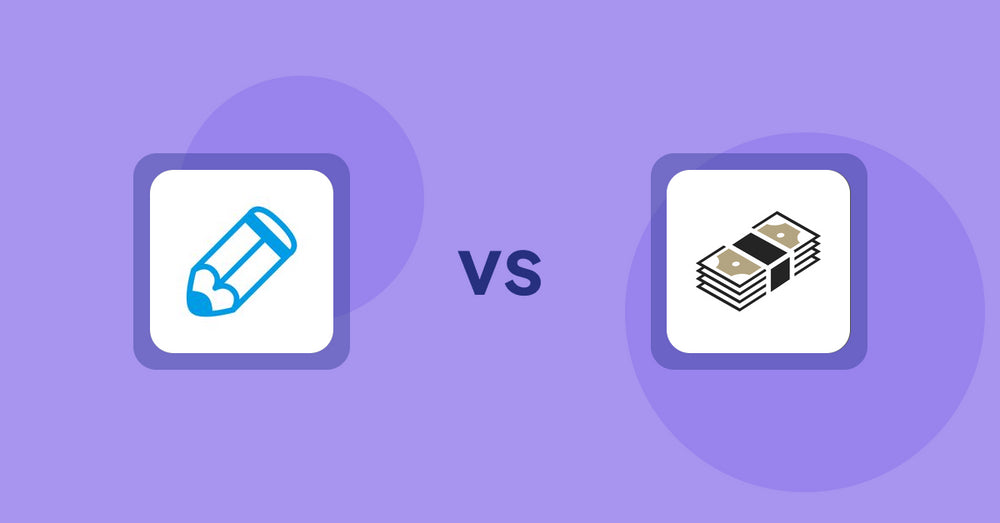
Shopify Product Display Apps: Writer Sofia vs シンプルクラウドファンディング|お手軽自社クラファン
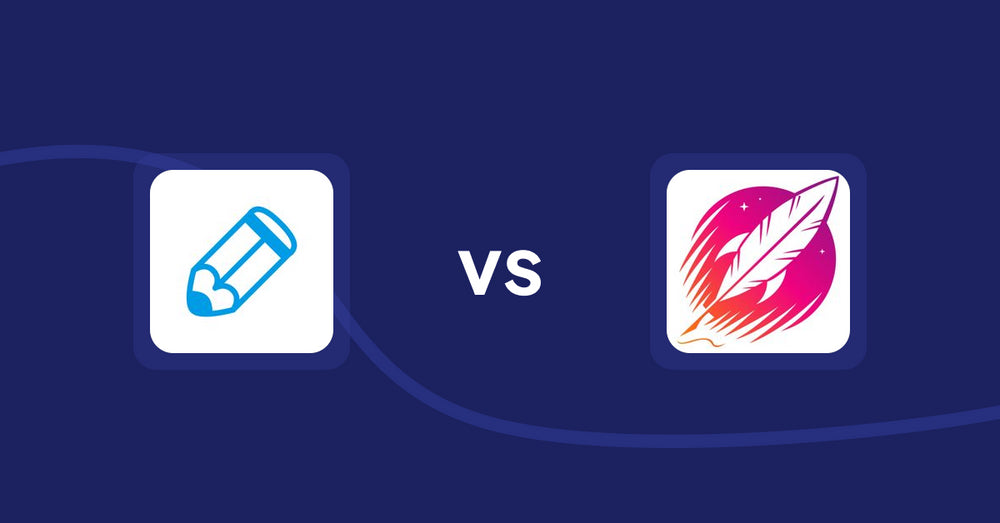
Shopify Product Display Apps: Writer Sofia vs Wordsmith: Content Generator
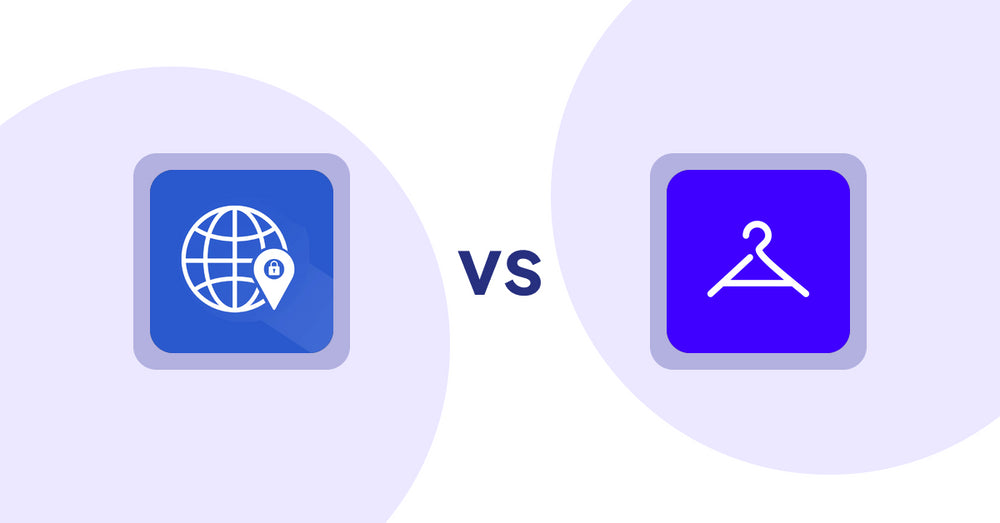
Shopify Product Display Apps: Addify ‑ Country Restrictions vs Aiuta
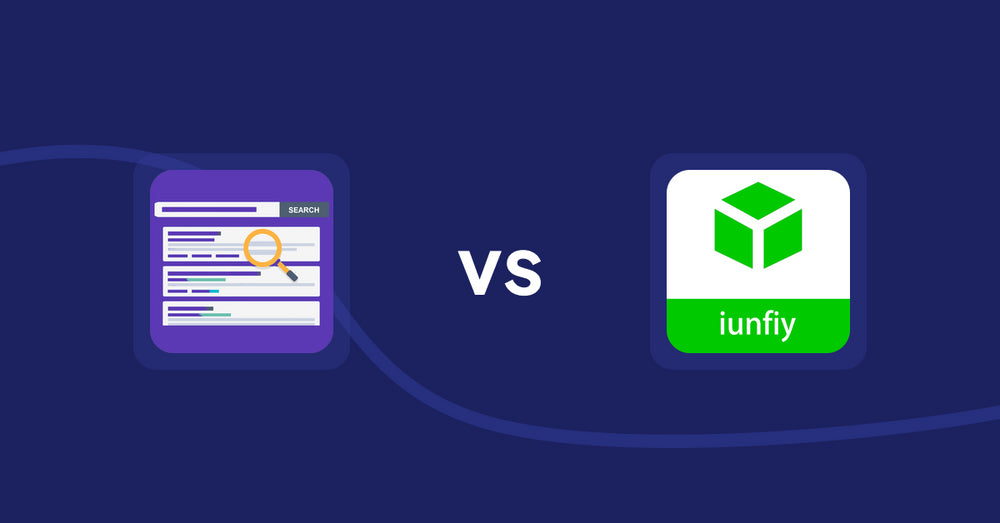
Shopify Product Display Apps: Spark AI Products Description vs iunfiy • Related Products

Shopify Product Display Apps: BeUnico vs Loup: Sell on Instagram
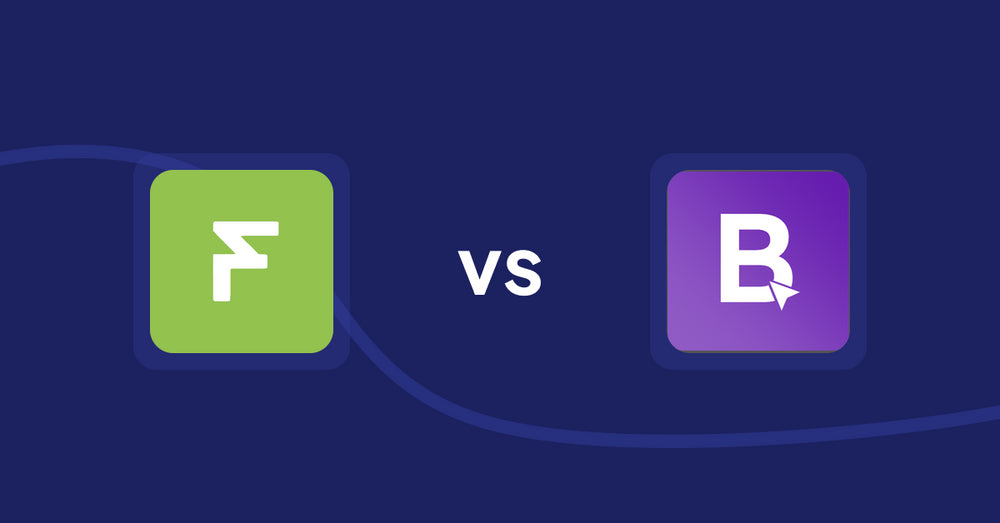
Shopify Product Display Apps: Easy Estimate Shipping vs BookE ‑Rent Property & Service
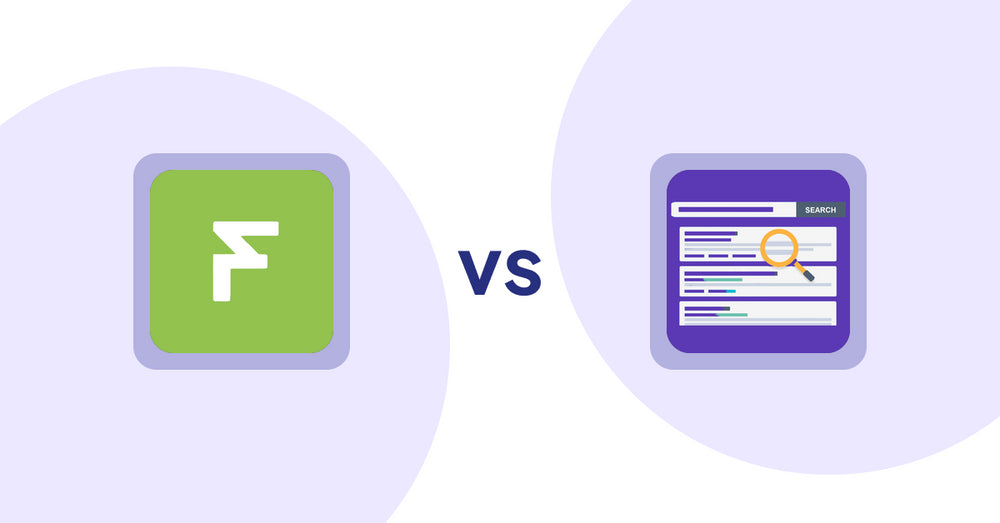
Shopify Product Display Apps: Easy Estimate Shipping vs. Spark AI Products Description
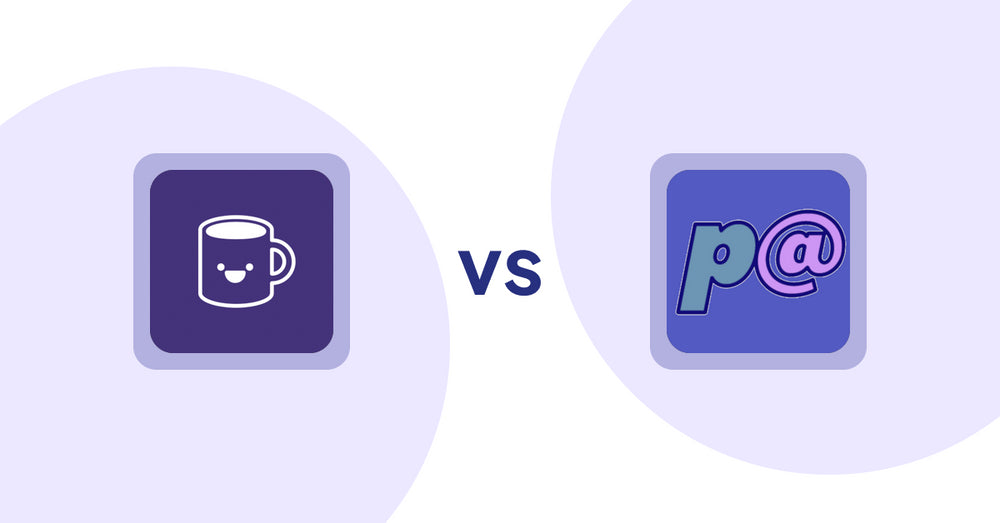
Shopify Product Display Apps: Mugshot Bot vs Parameterizer

Shopify Product Display Apps: Peftrust vs. Wordo ‑ ChatGPT AI Description
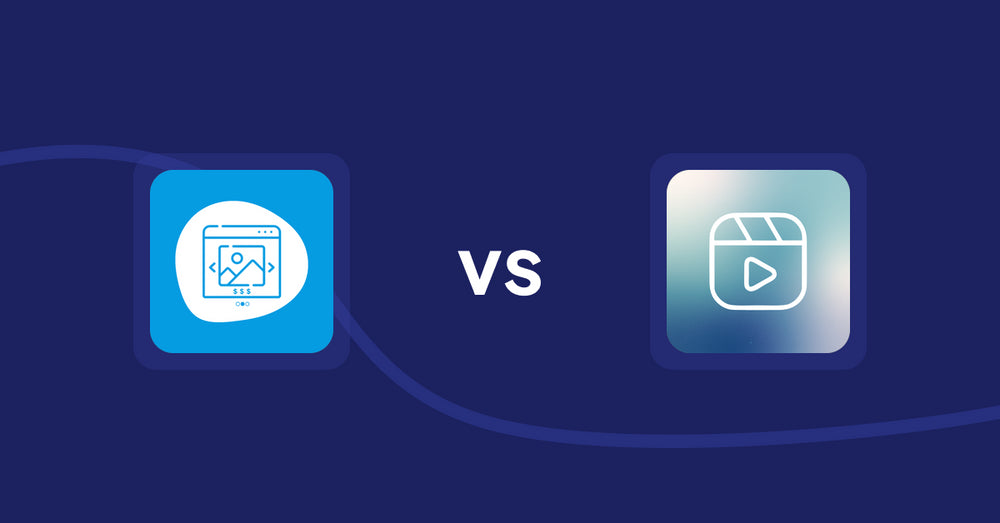
Shopify Product Display Apps: Quick Product Navigator Slide vs Reelify ‑ Shoppable Reel Video

Shopify Product Display Apps: Quick Product Navigator Slide vs. UR: Smart Ranking

Shopify Product Display Apps: Eazy Specification Tags Table vs Agile Attachments
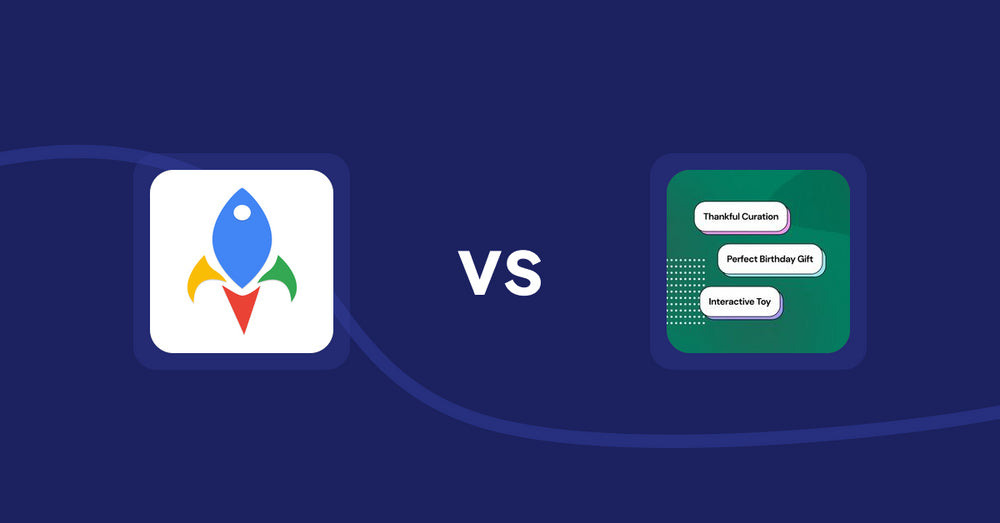
Shopify Product Display Apps: Jedi Back In Stock Admin Alert vs FeatureFrame ‑ Pretty Product
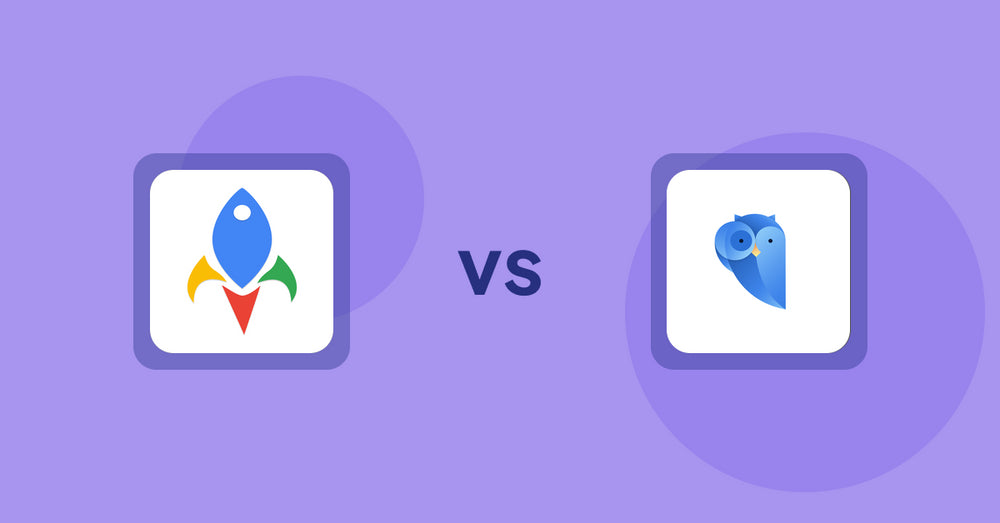
Shopify Product Display Apps: Jedi Back In Stock Admin Alert vs. Findify Search & Merchandise
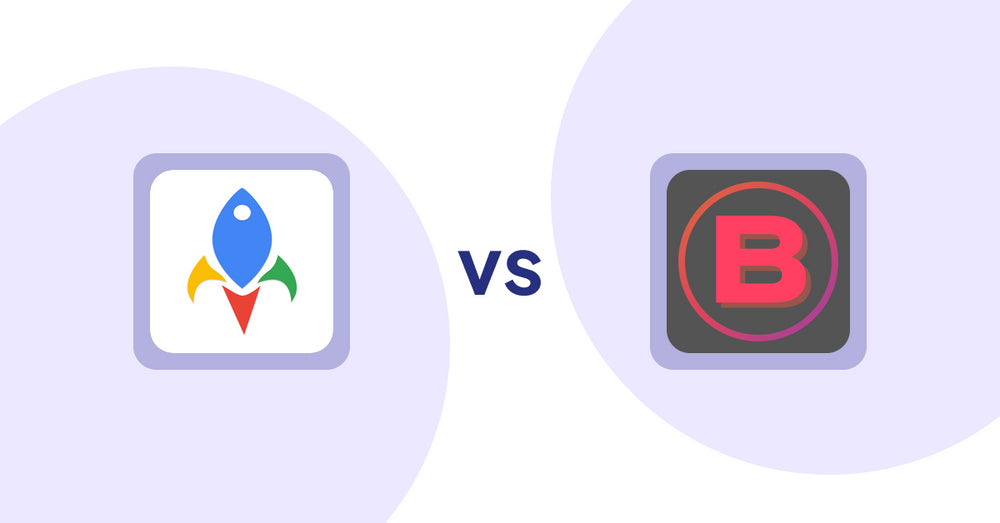
Shopify Product Display Apps: Jedi Back In Stock Admin Alert vs Banter Stories






